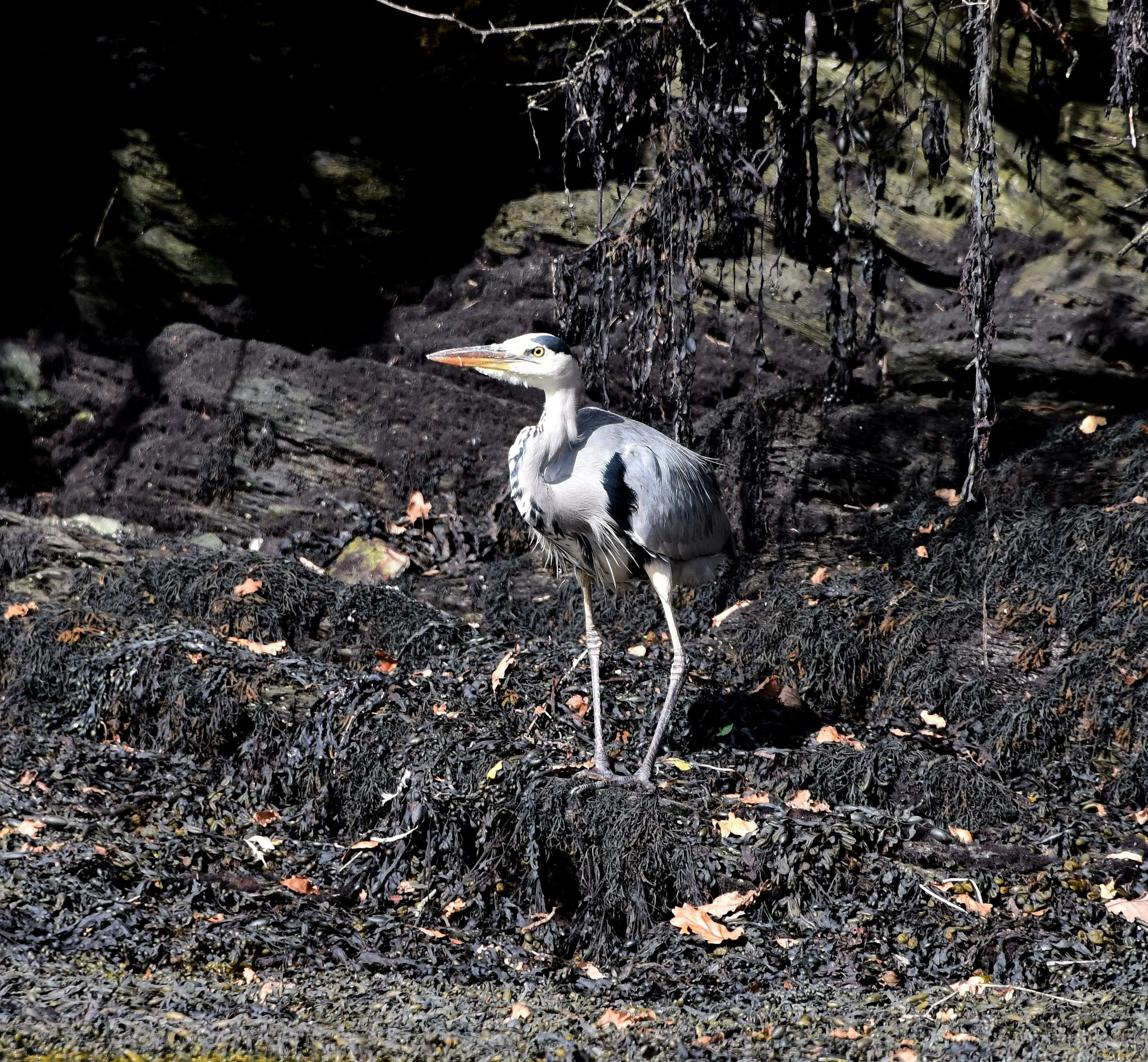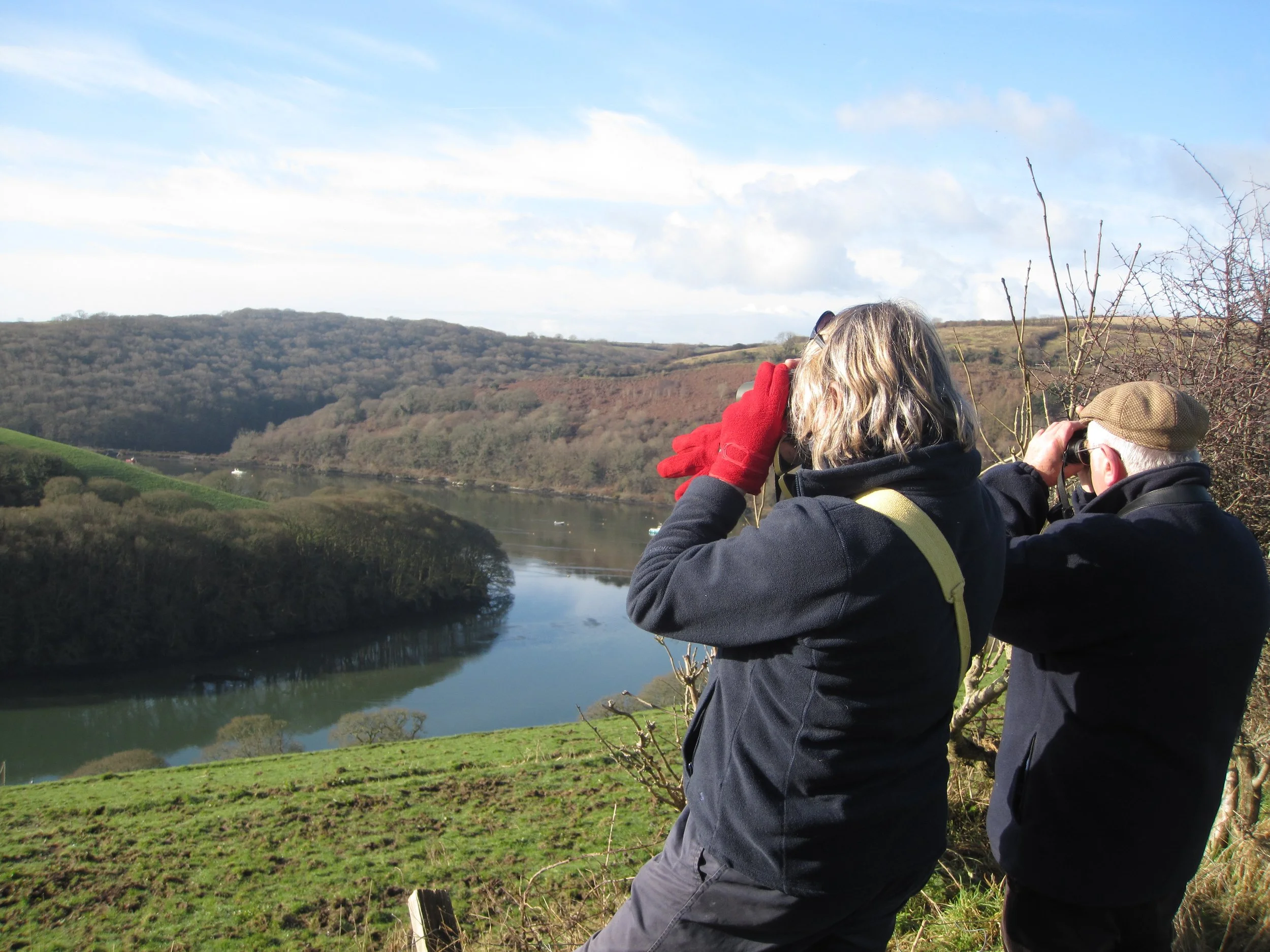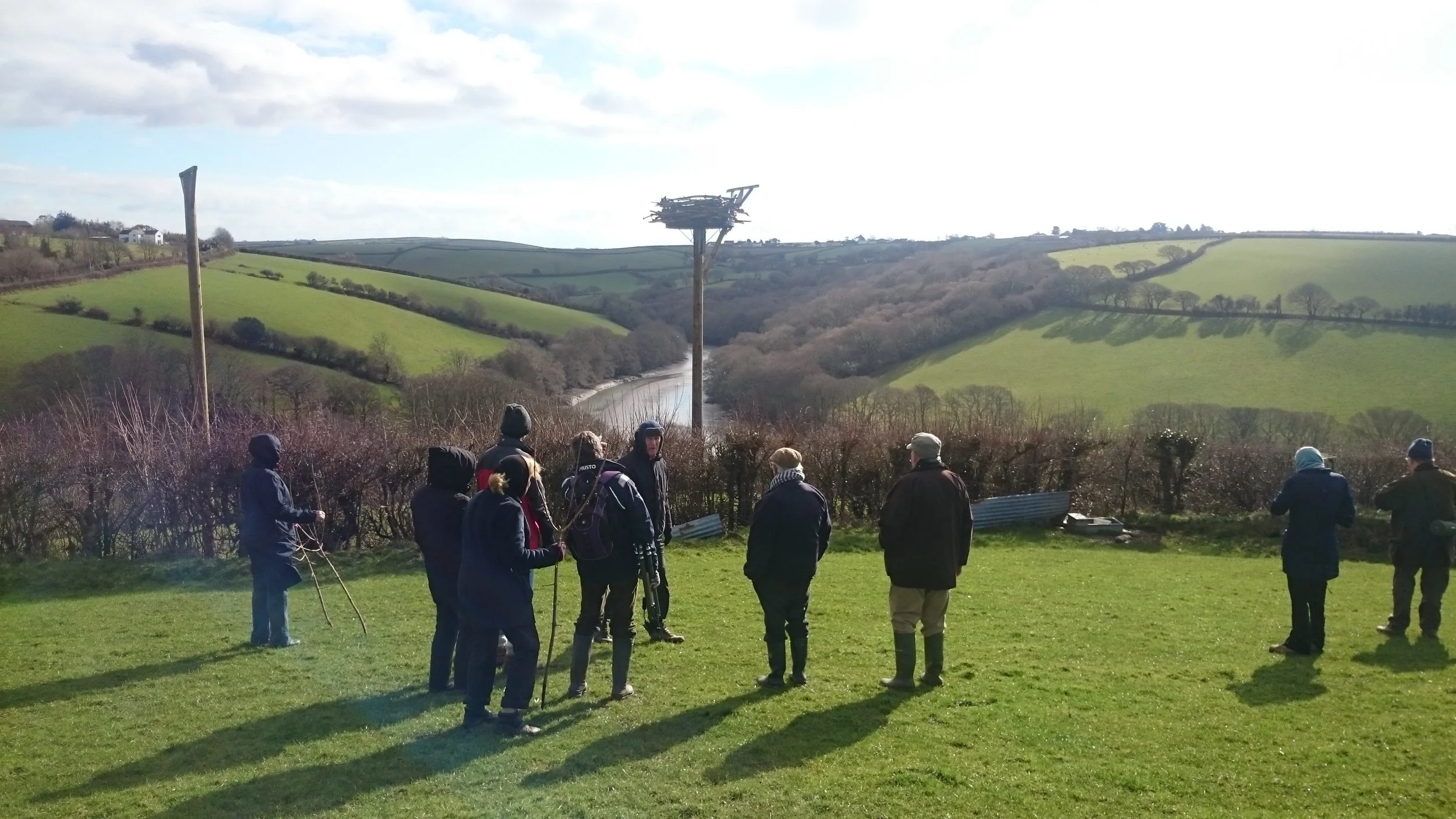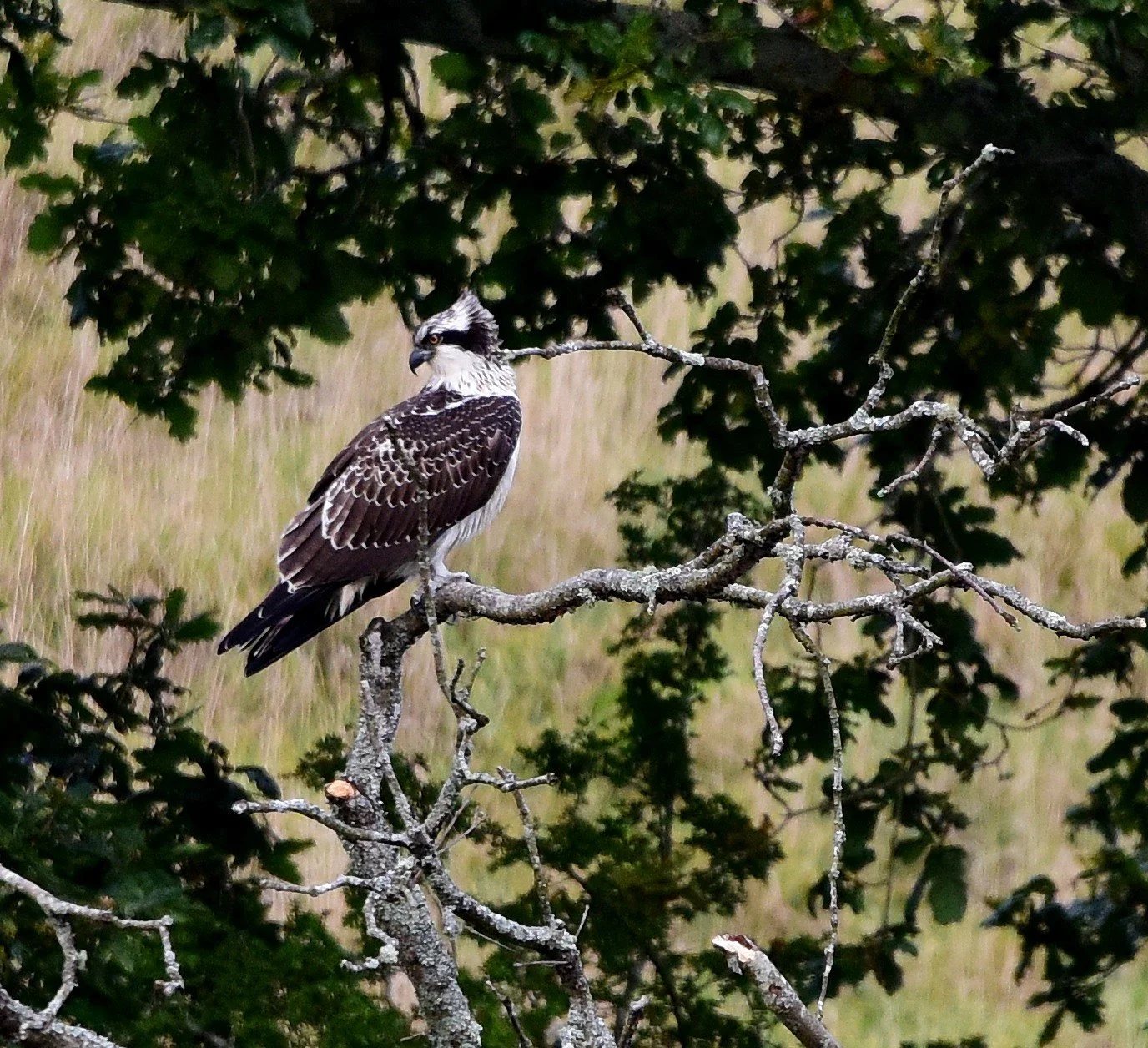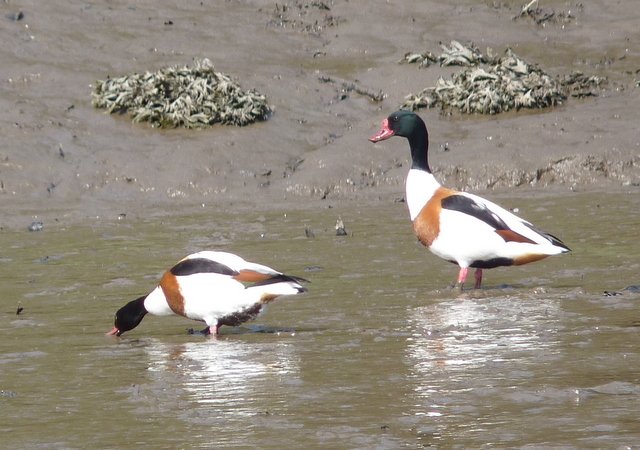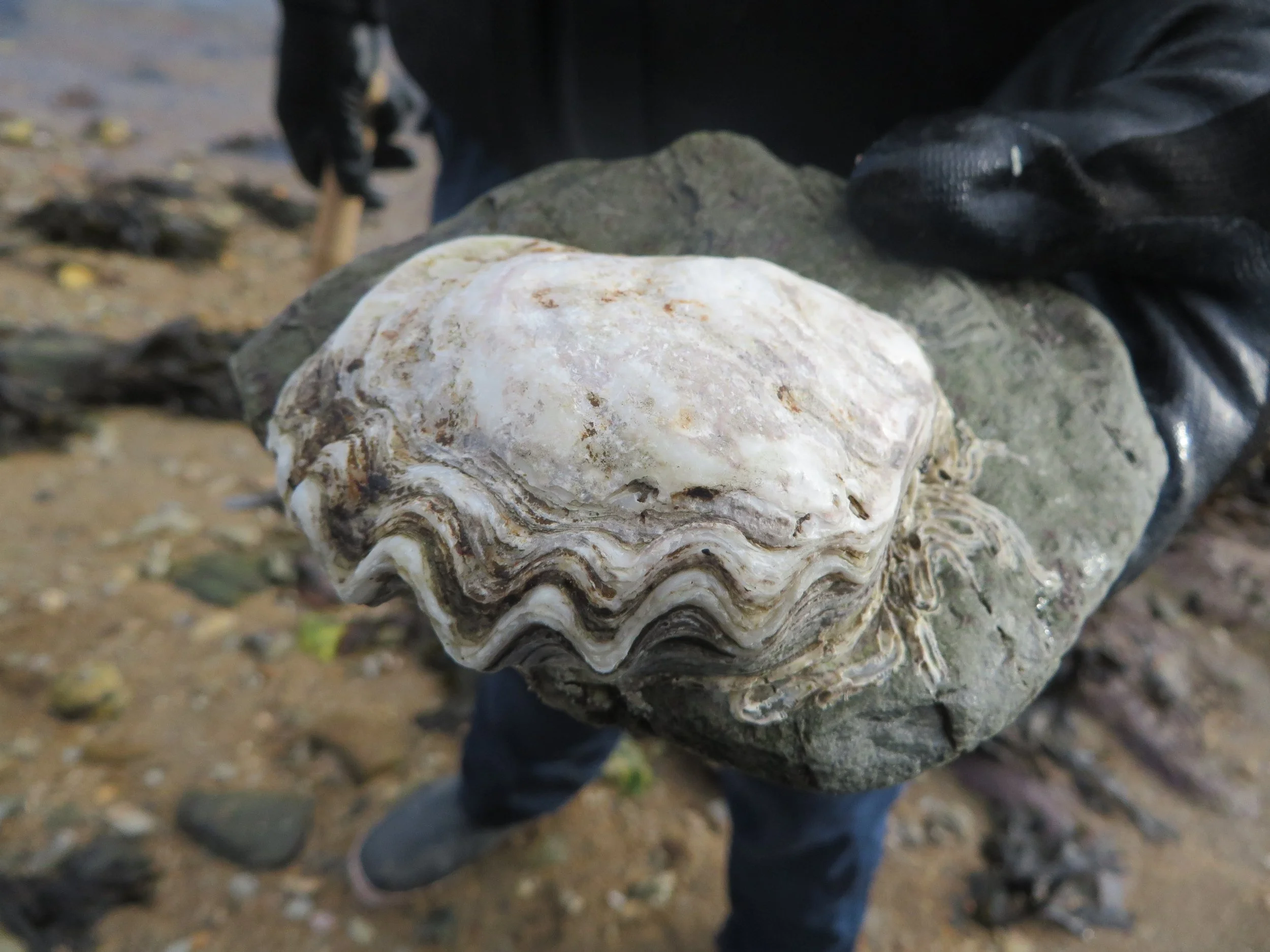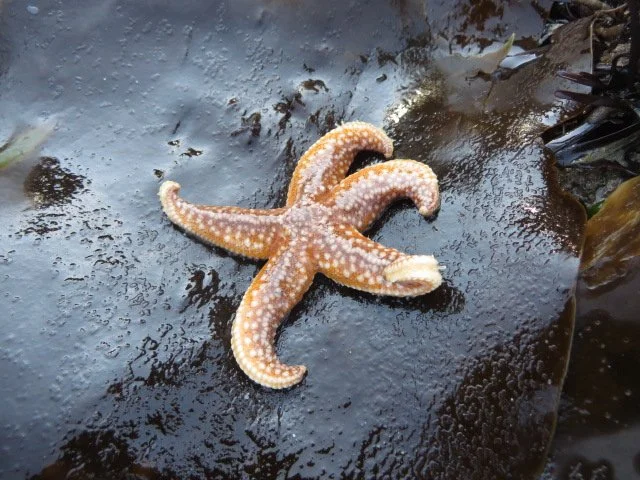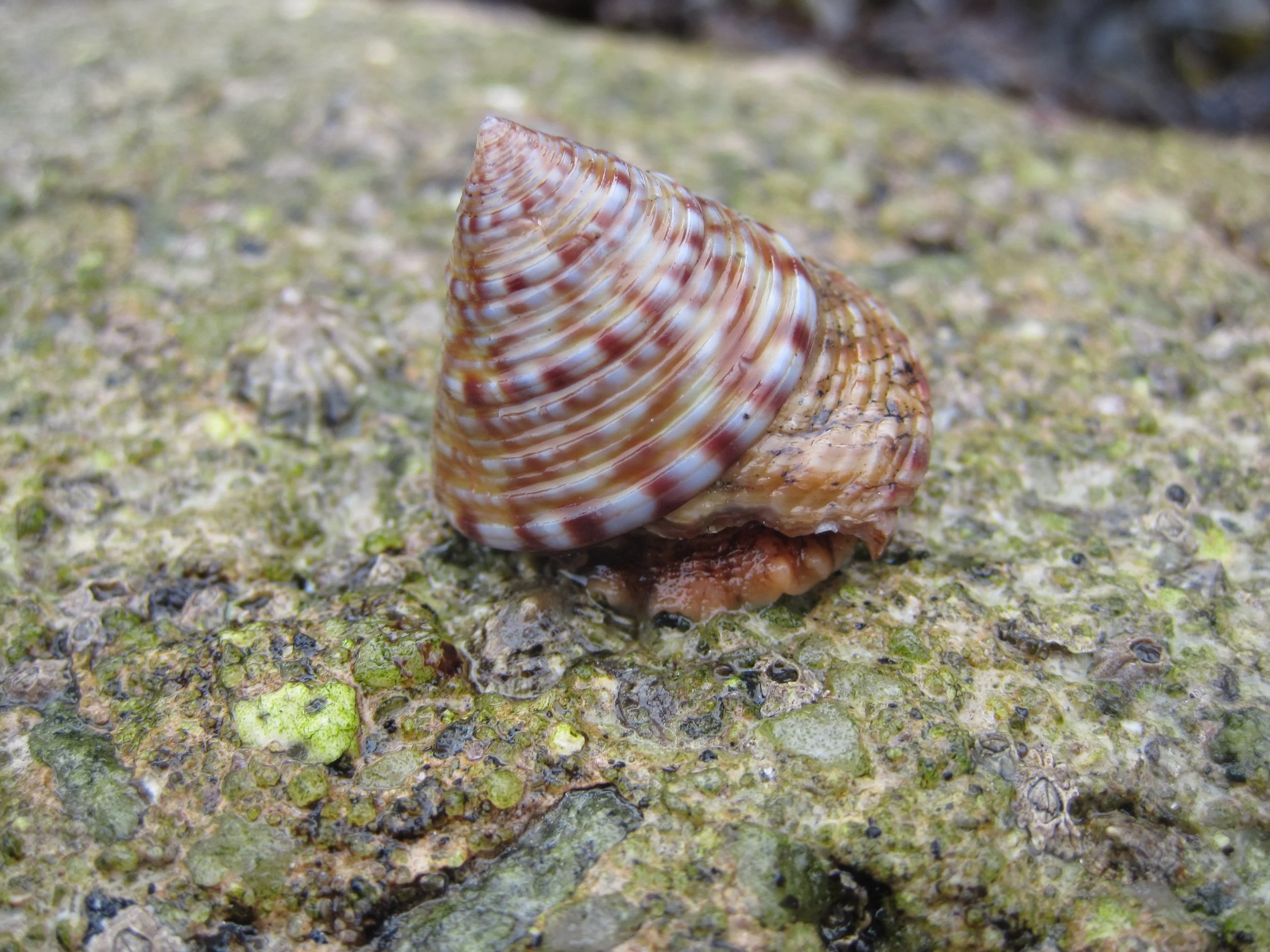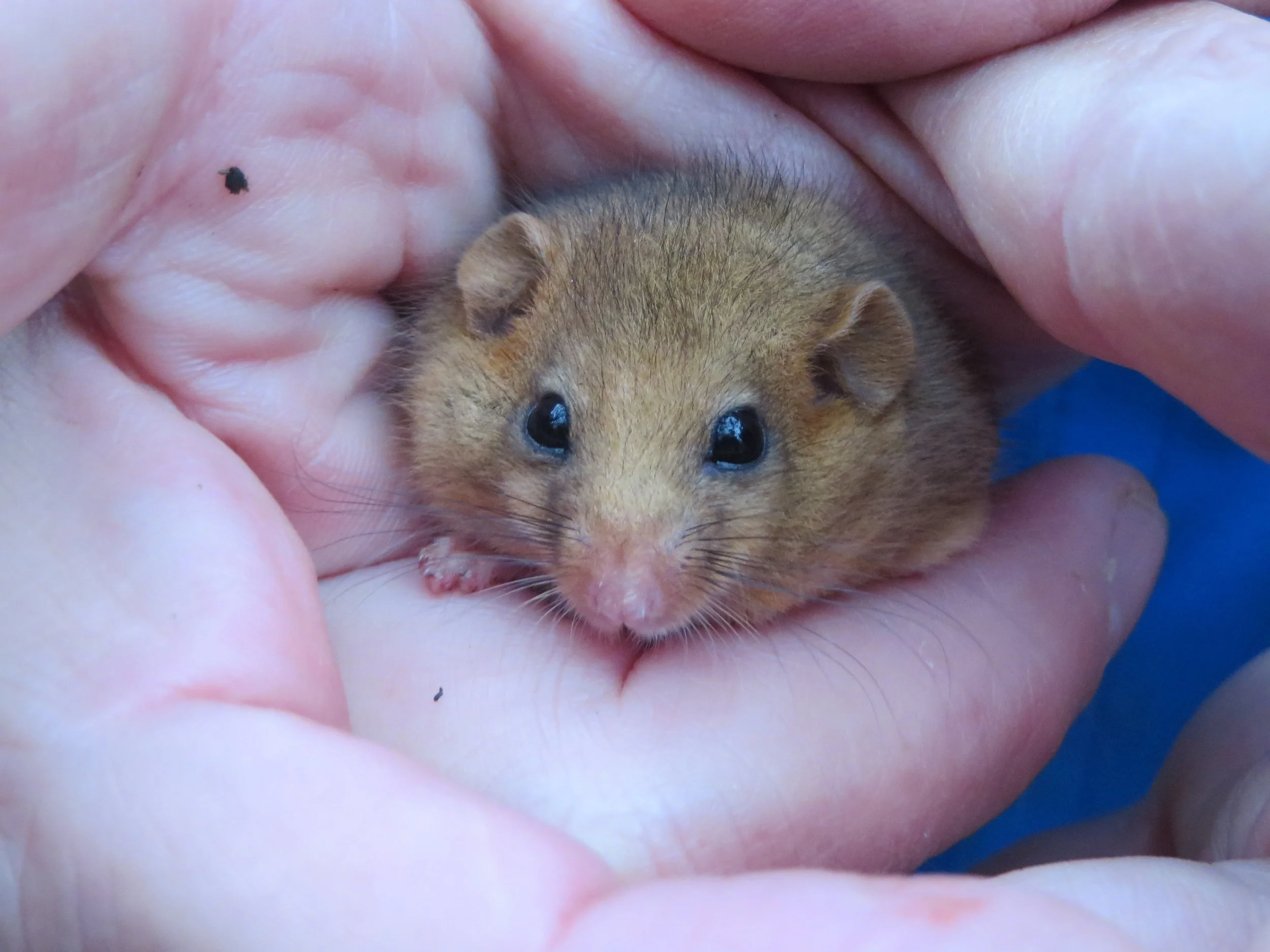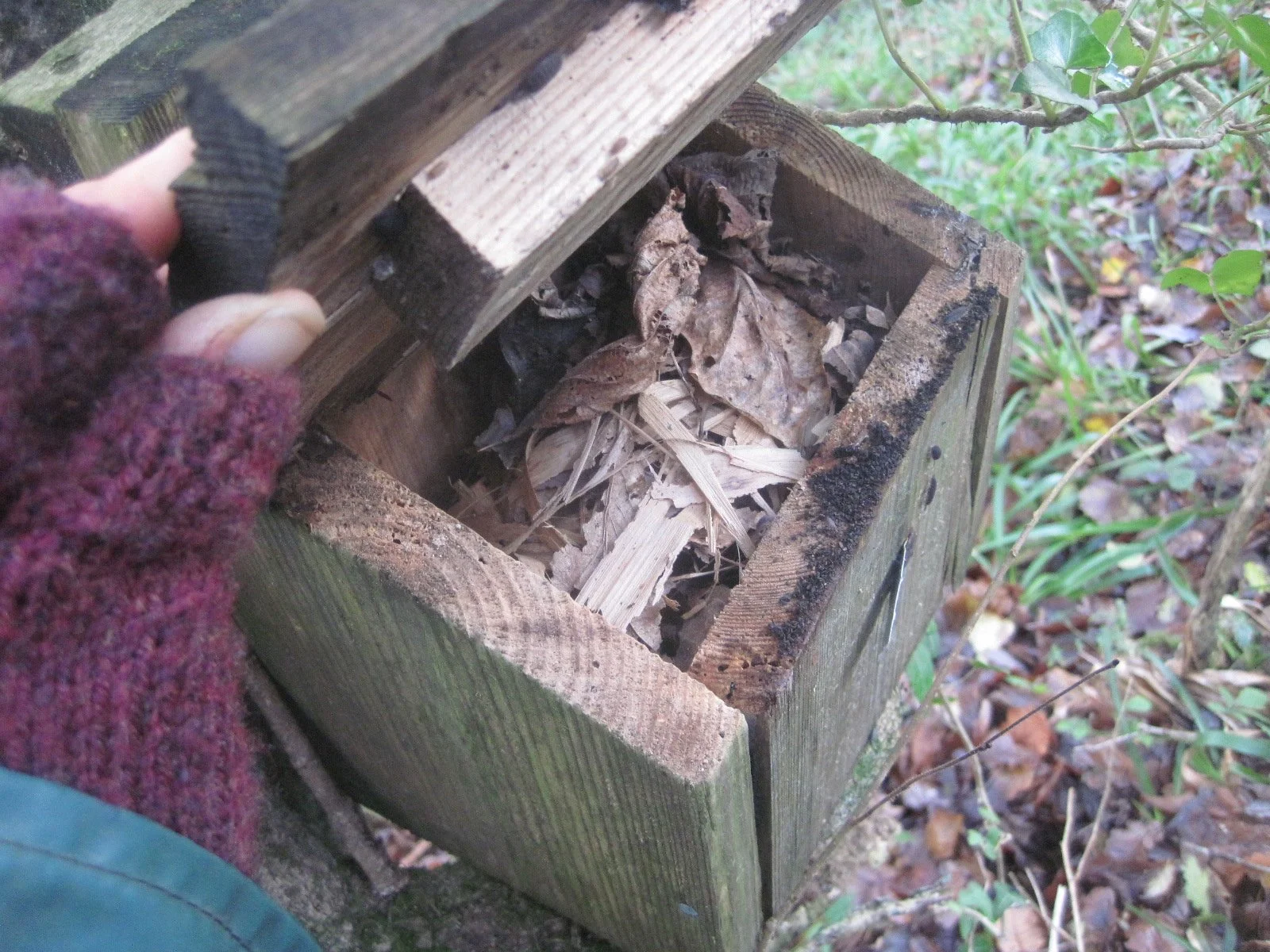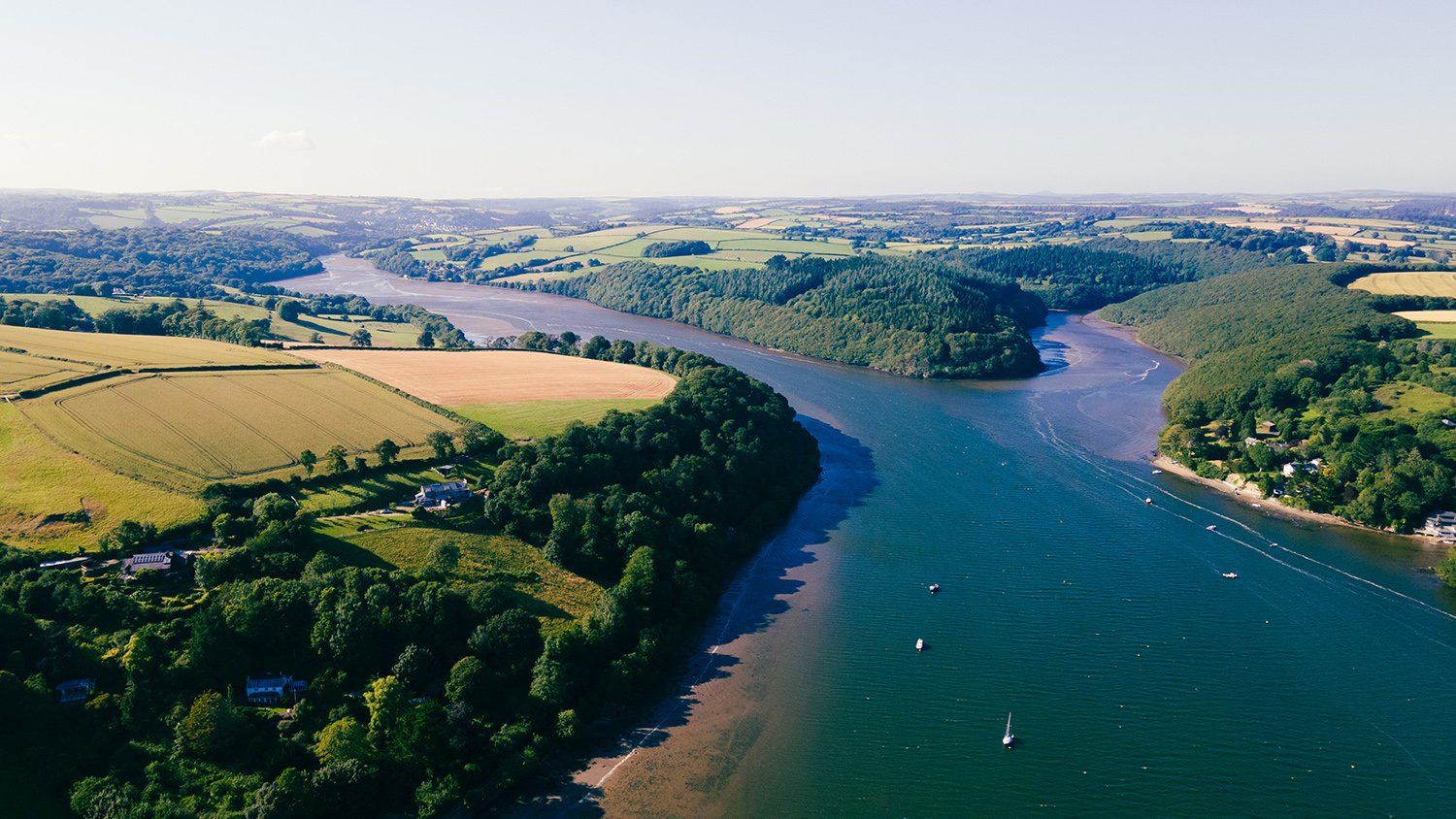
Projects and Surveys
Our volunteers are involved in a number of projects and surveys to help better understand the habitats and species in the Fowey Estuary.
These cover the main areas described in more detail below:
Birds
Marine
Mammals
Insects
If you have an interest and want to get involved, please contact us.
Birds
Artificial Osprey Nests
Ospreys are slow to colonise new areas but there has been some success in attracting breeding Ospreys back to their former range through setting up artificial nest sites in areas where Ospreys, particularly juveniles, spend time on passage.
In 2015 the Friends of the Fowey Estuary, with assistance from other organisations including the National Trust, erected two artificial nests on poles overlooking Penpoll Creek.
We have recorded some juvenile Ospreys prospecting the nest poles but nothing more than that yet. We continue to organise the assessment and refresh the nest material annually with the help of the National Trust and local experts
Heronry Census
Heronries are the places where Grey Herons, Little Egrets and sometimes other waterbirds gather to nest. Nesting often persists for many decades at the same location and becomes very well known to birdwatchers. Grey Herons in particular are monitored efficiently and accurately by counting 'apparently occupied nests' in their heronries. The BTO's Heronries Census has gathered nest counts annually since 1928 at the UK's heronries.
The Friends of the Fowey Estuary took part in their first Heronries Census in 2013, counting the known heronry at Penpoll Creek. With several years doing the survey, we are very familiar with the nest sites at Penpoll and nearby Hay Point.
We start to look for nests in January and February when the nesting activity of these early breeders starts, and we usually make our highest count by April. We submit the Year's Best Estimate to the BTO which is the highest number of occupied nests during that year.
Osprey and Heron images: Neil Pudney
Wetland Bird Survey (WeBS) – Low Tide Counts
Estuaries collectively represent the most important habitat for wintering waterbirds in the UK. The influence of the tide means that the birds have to be much more mobile, both within and between sites.
The BTO WeBS Low Tide Counts scheme, which was initiated in the winter of 1992-93, aims to monitor, assess and regularly update information on the relative importance of intertidal feeding areas of UK estuaries for wintering waterbirds. These counts enhance knowledge of the low water distribution of waterbirds and provide the data that highlight regional variations in habitat use. In particular, WeBS Low Tide Counts help us to understand, predict and possibly plan for compensation for the effects of sea-level rise on the UK’s internationally important estuarine waterbird populations.
We undertake monthly low tide counts from vantage points at Golant and St Winnow.
Breeding Bird Survey
The BTO/JNCC/RSPB Breeding Bird Survey (BBS) is the main scheme for monitoring the population changes of the UK’s common and widespread breeding birds, producing population trends for 118 bird and nine mammal species.
The survey involves a recce visit and two early-morning spring visits to an allocated 1-km square, to count all the birds you see or hear while walking two 1-km lines across the square and record any nest counts for colonial nesting birds in the square. You can optionally record mammals and visit your square later in the season to survey for butterflies. There is the option to return data on paper, via field recording forms or to submit your data on BBS-Online.
Please contact BTO Cornwall for information on vacant 1km squares in our area.
BTO Rookery Survey
The BTO rookery survey started during the second world war to ascertain the damage caused by Rooks to crops for food.
Surveys were repeated at periods over the decades and a survey was carried out in 2019 with the aim to cover as many of the old sites from the 1975 national survey as possible whilst reporting the number of nests at any new sites found.
Our volunteers joined in the survey in 2019 and carry out an annual survey of nesting sites in Spring.
Image: Neil Pudney
Marine
Shoresearch
Shoresearch is The Wildlife Trusts' national citizen science survey of the intertidal shore - the exciting world of extremes where the sea meets the land. It's a great way to explore our local coast, learn more about the wildlife found here and add to our understanding of this important habitat.
Volunteers are trained to identify and record the wildlife on shores across the UK. The data collected by this project helps experts to monitor our fragile sea life and better understand the effects of pollution, climate change and invasive alien species.
The survey has different elements:
Quadrat Biodiversity Survey - for shores of hard substrate (rocky, pebbles/shingle, bedrock) and involves collecting species abundance and habitat data at random points, in a selected area of the intertidal zone, using a quadrat.
Timed Species Search - a select list of species are searched for across an area of shore within a fixed time period to assist with the monitoring of their distribution around the UK.
Walkover Survey- is for shores of hard substrate (rocky, pebbles/shingle, bedrock) and involves collecting qualitative information on species found within a selected area of the intertidal zone.
We conduct regular surveys at Readymoney Cove, get in touch if you’d like more information or want to get involved
Cornwall Good Seafood Guide
The Cornwall Wildlife Trust funded Cornwall Good Seafood Guide provides information to help us make good seafood choices. It provides detailed information on all the seafood landed to Cornish ports by Cornish boats, which is rated according to its sustainability
Pacific Oysters
Pacific oysters Magallana gigas are a non-native species that were introduced to the UK for aquaculture. They are much more commonly found offered for sale to eat than the native or flat oyster. Pacific oysters are more slipper shaped than their flat native cousins, and the edges of the shell have distinctive wavy large frills.
The Pacific oyster had been cultivated in the estuary over the last few decades, but production hasn’t occurred over the last few years. The evidence available at the time that cultivation started indicated that the cool temperatures of UK waters would prevent any spread of this species. However, since its introduction, sea temperatures have been rising and this species has adapted to our climate and spread extensively within the Fowey Estuary and around the coast.
Our volunteers have been involved in a project in recent years to survey the extent and density of the Pacific Oysters in the estuary and undertake eradication controls in some areas. They out-compete and exclude native intertidal species such as barnacles and limpets for space on the rocky shore which has an effect on the biodiversity of the habitat.
Mammals
Dormouse Monitoring
For several years Friends of Fowey Estuary members have monitored dormouse nest boxes (using special Dormouse licences) around the estuary, primarily at Lantyan Woods and Lombard Farm, Penpoll.
This is done under the National Dormouse Monitoring Programme (NDMP) run by the People’s Trust for Endangered Species (PTES).
The NDMP monitors the long-term dormouse population trend. Each site contains a minimum of 50 dormouse boxes installed in a woodland or hedgerow. They are checked at least twice a year, in May/June and September/October. The number, sex, weight and age of dormice found are recorded and we collect the results, which together give an indication of the state of Britain’s dormice.
Insects
Bumblebees
Bumblebees are those large furry bees that we love to see. There are 24 species in the UK, but you are likely to see only about 8 common ones.
Bumblebees are very important pollinators of wildflowers and commercial crops and are often used inside horticultural poly tunnels to pollinate crops like tomatoes, strawberries and raspberries.
Sadly, as with many insects , their numbers are declining. The changes in climate are just one of the reasons for this decline.
To help track changes in bumblebee populations this we are supporting the work of the Bumblebee Conservation Trust in local projects to record the numbers of bees on “Bee Walks”

